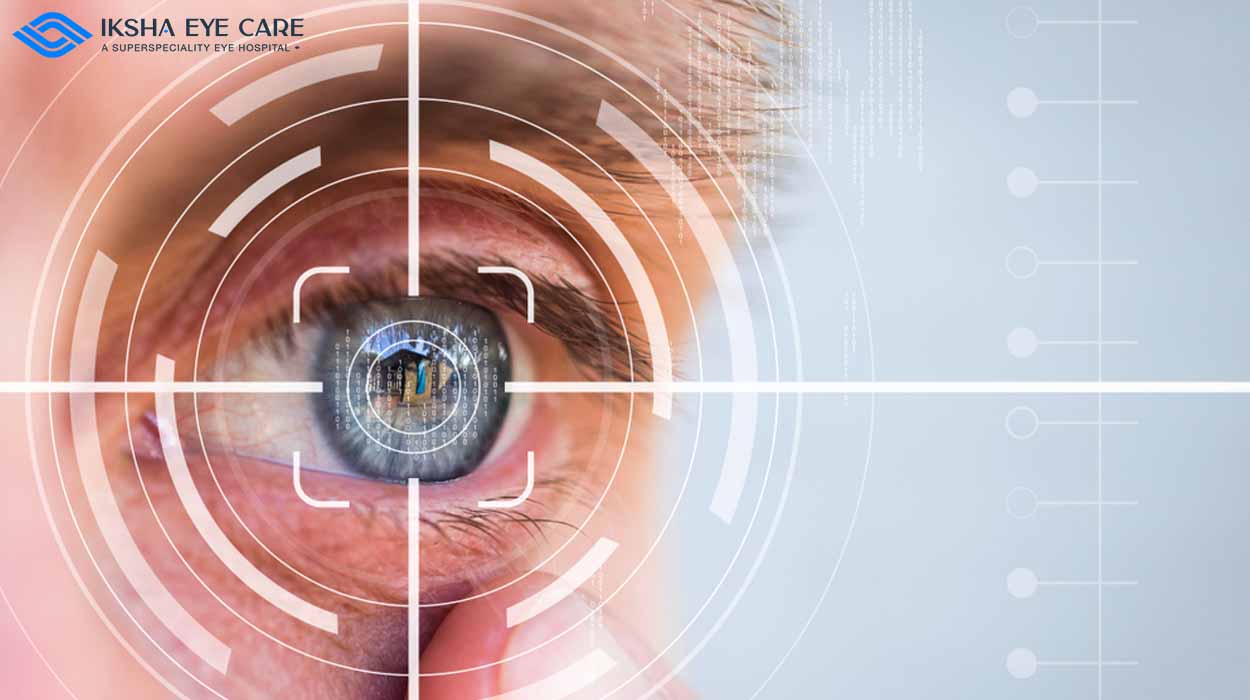The Duty of Advanced Diagnostic Devices in Identifying Eye Disorders
In the realm of ophthalmology, the utilization of advanced diagnostic devices has actually reinvented the early recognition and management of different eye disorders. As the need for exact and timely diagnoses proceeds to expand, the combination of cutting-edge devices like optical comprehensibility tomography and aesthetic field testing has actually ended up being crucial in the realm of eye treatment.
Significance of Early Diagnosis
Very early diagnosis plays a crucial role in the effective management and therapy of eye disorders. By detecting eye disorders at a very early phase, medical care providers can provide proper treatment strategies customized to the specific problem, inevitably leading to much better results for patients.

Innovation for Identifying Glaucoma
Advanced diagnostic technologies play a crucial duty in the very early detection and tracking of glaucoma, a leading reason of permanent blindness worldwide. One more advanced tool is aesthetic area testing, which maps the sensitivity of a client's aesthetic area, assisting to find any kind of locations of vision loss attribute of glaucoma. These advanced diagnostic tools make it possible for eye doctors to diagnose glaucoma in its very early stages, enabling for prompt intervention and much better administration of the condition to avoid vision loss.
Role of Optical Coherence Tomography

OCT's capacity to quantify retinal nerve fiber layer density permits exact and unbiased measurements, aiding in the early discovery of glaucoma even before visual area problems emerge. Moreover, OCT innovation allows longitudinal monitoring of architectural adjustments gradually, assisting in individualized treatment strategies and timely interventions to assist preserve people' vision. The non-invasive nature of OCT imaging also makes it a preferred selection for keeping track of glaucoma progression, as it can be repeated frequently without creating discomfort to the person. Overall, OCT plays a critical role in boosting the diagnostic precision and monitoring of glaucoma, ultimately contributing to much better results for people in jeopardy of vision loss.
Enhancing Diagnosis With Visual Field Testing
A necessary part in detailed ocular evaluations, visual area testing plays a pivotal function in enhancing the analysis procedure for numerous eye disorders. By examining the complete level of a patient's aesthetic area, this test gives crucial information regarding the functional stability of the entire visual path, from the retina to the visual cortex.
Visual field screening is particularly beneficial in the diagnosis and monitoring of problems such as glaucoma, optic nerve disorders, and numerous neurological illness that can affect vision. Via quantitative dimensions of outer and central vision, medical professionals can detect refined changes that may suggest the visibility or progression of these conditions, also prior to visible signs and symptoms occur.
Additionally, aesthetic area testing permits the monitoring of therapy effectiveness, helping eye doctors customize therapeutic interventions to private patients. eyecare near me. By tracking modifications in visual field performance over time, doctor can make informed decisions regarding changing drugs, suggesting surgical treatments, or applying other suitable steps to preserve or enhance a patient's visual function
Taking Care Of Macular Deterioration

Verdict
In verdict, advanced diagnostic tools play a vital duty in identifying eye disorders early on. Technologies such as Optical Coherence Tomography and visual field screening have actually substantially why not try this out boosted the accuracy and efficiency of diagnosing conditions like glaucoma and macular degeneration.